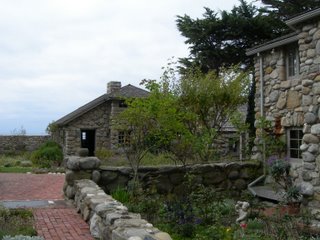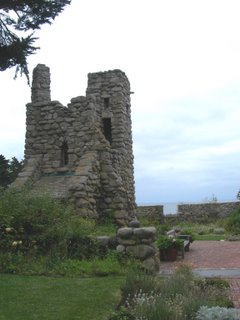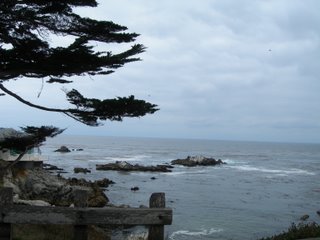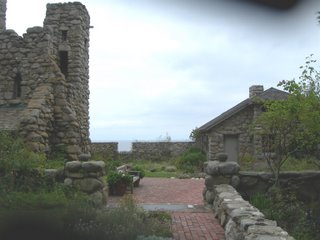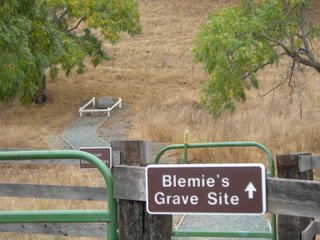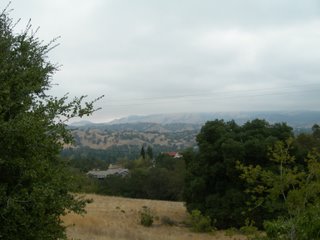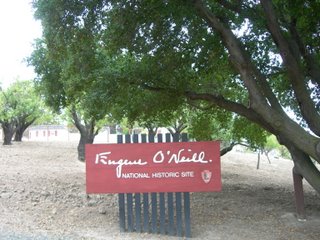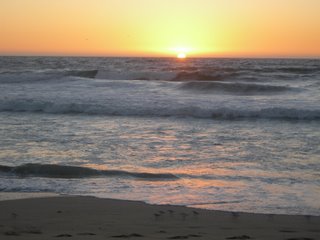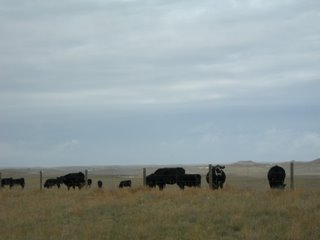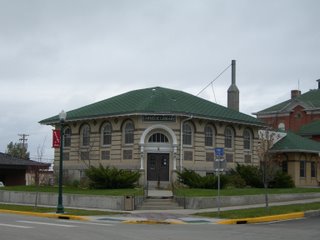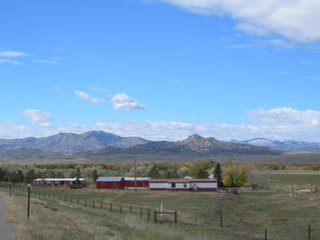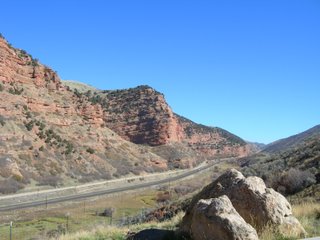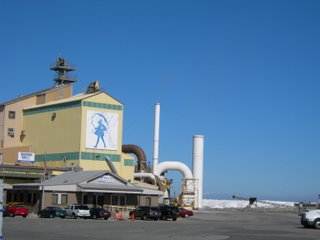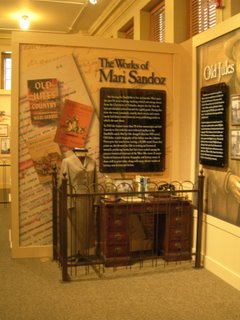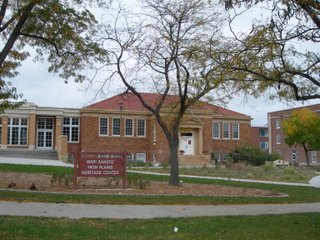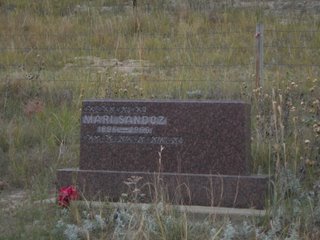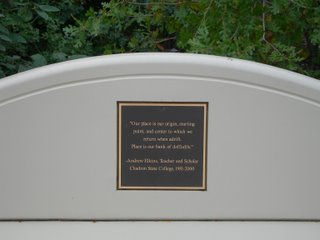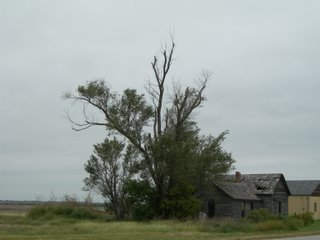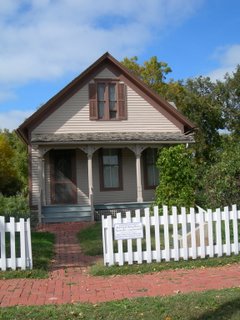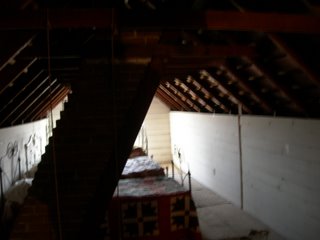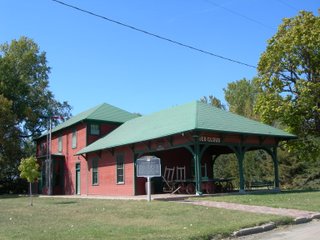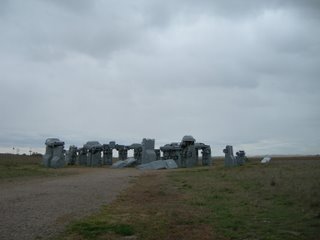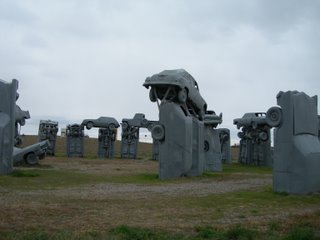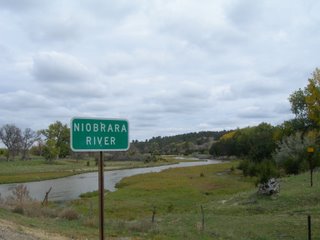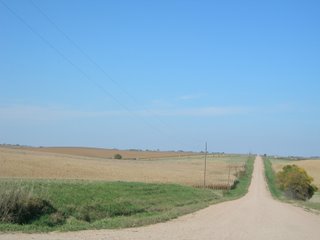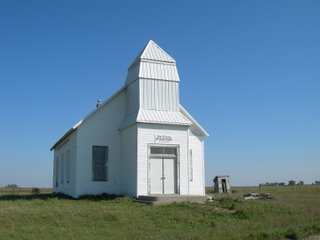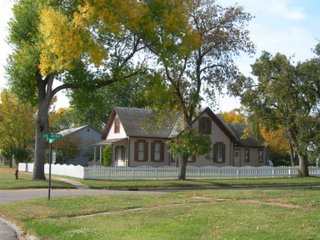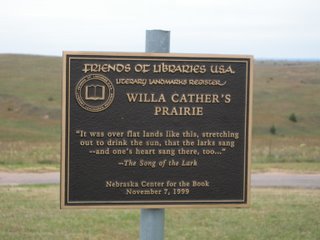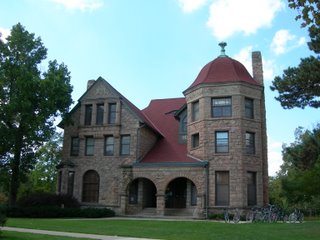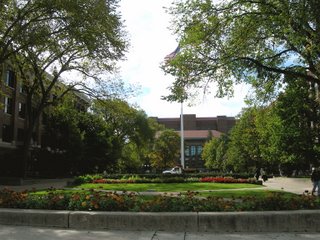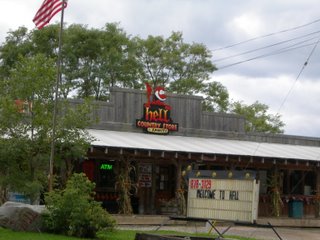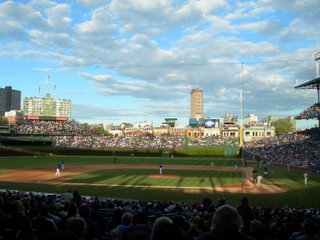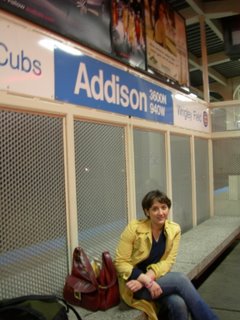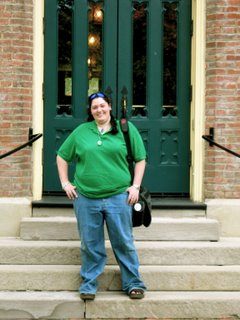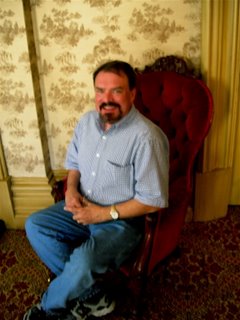The Town that John Built: Salinas Then and Now
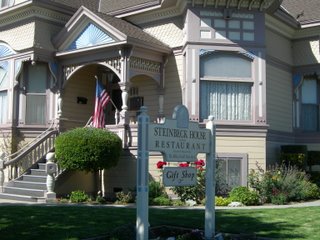
SALINAS, CA.-The name Steinbeck is synonymous with Salinas. It could easily be called Steinbeckville for it leans heavily on this native son to keep the tourist dollars flowing. Businesses are named for novels, streets in subdivisions sport the monikers of characters, and the local coffee bar features a "Steinbeck Blend." John Steinbeck was born in Salinas in 1902. He is the quintessential local boy who makes good and the payback has been considerable. While he was president of his senior class, he was neither a particularly outstanding student or athlete. He was shy and didn't date in high school. He went to Stanford, had a great time, learned a lot, but he never graduated. Steinbeck, from his early teens on, knew that he wanted to be a writer. He worked earnestly and unsuccessfully until he published Tortilla Flat in 1935- his first real best seller. He won the Pulitzer Prize in 1940 for The Grapes of Wrath, a book that he had researched carefully in the work camps and fields filled with Dust Bowl refugees who were refered to as "Harvest Gypsies" in the San Joaquin Valley of California as well as in his beloved Salinas Valley.
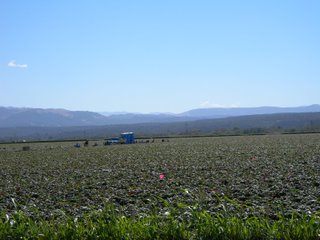 The locals were not amused, and this book brought him derision and notoriety in the Salinas Valley. It was ceremoniously burned by the local Salinas library. Of course, as with most book censorship or burning, it increased the demand for the novel. The influence of this book and the movie that was made from it was monumental. Steinbeck lived in this area for much of his life up through the early 1940's. It was in Salilnas, Monterey, and Pacific Grove and other spots on the Monterey Peninsula that Steinbeck set most of his fiction. This is what he knew and what he loved, so, warts and all, he provided colorful, funny, poignant, always real glimpses of life in this "garden by the sea." He and Gwen, his first wife, lived in a cottage in Pacific Grove (a town often referred to as the Butterfly Capital,
The locals were not amused, and this book brought him derision and notoriety in the Salinas Valley. It was ceremoniously burned by the local Salinas library. Of course, as with most book censorship or burning, it increased the demand for the novel. The influence of this book and the movie that was made from it was monumental. Steinbeck lived in this area for much of his life up through the early 1940's. It was in Salilnas, Monterey, and Pacific Grove and other spots on the Monterey Peninsula that Steinbeck set most of his fiction. This is what he knew and what he loved, so, warts and all, he provided colorful, funny, poignant, always real glimpses of life in this "garden by the sea." He and Gwen, his first wife, lived in a cottage in Pacific Grove (a town often referred to as the Butterfly Capital,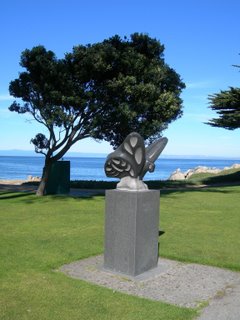 since the Monarch Butterflies migrate through here every fall). She helped him type and edit his manuscripts and was first mate on the ocean trip along the Baja California coast which resulted in the non-fiction work, Sea of Cortez. Indeed, Steinbeck often went exploring with his buddy, Ed Ricketts (Doc in Cannery Row)in the tidal pools along the shore in Pacific Grove, and he spent lots of time drinking and carousing with Ed and the guys on the docks in Monterey.
since the Monarch Butterflies migrate through here every fall). She helped him type and edit his manuscripts and was first mate on the ocean trip along the Baja California coast which resulted in the non-fiction work, Sea of Cortez. Indeed, Steinbeck often went exploring with his buddy, Ed Ricketts (Doc in Cannery Row)in the tidal pools along the shore in Pacific Grove, and he spent lots of time drinking and carousing with Ed and the guys on the docks in Monterey. When I arrived in Salinas, I was amazed first that this was a very prosperous town with a vibrant downtown and activity in every direction. Could this be the town that nearly closed all of its public libraries just last year because there wasn’t enough money to run them? It was, and when I posed this question to a member of the Steinbeck Preservation Society, she said “Oh, that was just our city manager playing politics.” I think Steinbeck would have liked that answer and what it says about the tendency of those in power to engage in rather cavalier gambling with the public good
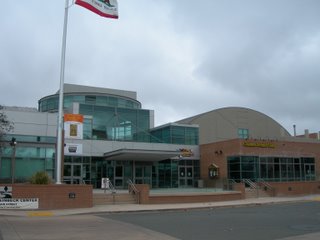 The center of Salinas is dominated by the National Steinbeck Center. It is a large and imposing building built in the same brick style as much of the rest of the downtown area. The center has a large gallery devoted to Steinbeck, which outlines his life and works, but does it with numerous activities and lots of film clips to keep the multitude of students who visit interested in the various parts of the author’s life. I spent almost three hours reading the documents, watching the various clips from The Grapes of Wrath, The Red Pony, East of Eden, etc, It was great to see so many artifacts, especially “Rocinante” the truck that Steinbeck drove across country in his American journey- Travels with Charley.
The center of Salinas is dominated by the National Steinbeck Center. It is a large and imposing building built in the same brick style as much of the rest of the downtown area. The center has a large gallery devoted to Steinbeck, which outlines his life and works, but does it with numerous activities and lots of film clips to keep the multitude of students who visit interested in the various parts of the author’s life. I spent almost three hours reading the documents, watching the various clips from The Grapes of Wrath, The Red Pony, East of Eden, etc, It was great to see so many artifacts, especially “Rocinante” the truck that Steinbeck drove across country in his American journey- Travels with Charley.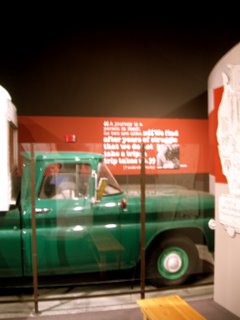 The Steinbeck Center also has an exhibit room about agriculture in the Salinas Valley, a special exhibits gallery, and, of course, an extensive gift shop. Just up the street is the Steinbeck House, which is run as a restaurant by a local non-profit group, The Stenbeck Preservation Society. It is nicely restored and serves as one of the anchors for the Steinbeck tour that highlights all of the places in central Salinas that the author visited and that subsequently made their way into his novels. In Monterey, Pacfic Grove and through the valley, there was a heightened awareness of Steinbeck and the places that he had immortalized in his fiction. It is a vast literary playground which gives life to the settings of such works as East of Eden, Cannery Row and Sweet Thursday, I felt a real kinship with this place like I was revisiting a familiar spot although the changes have been massive as time has passed. Cannery Row is a particularly tragic development filled with cute shops and restaurants to meet the demand for Steinbeck memorabilia and shore dinners.
The Steinbeck Center also has an exhibit room about agriculture in the Salinas Valley, a special exhibits gallery, and, of course, an extensive gift shop. Just up the street is the Steinbeck House, which is run as a restaurant by a local non-profit group, The Stenbeck Preservation Society. It is nicely restored and serves as one of the anchors for the Steinbeck tour that highlights all of the places in central Salinas that the author visited and that subsequently made their way into his novels. In Monterey, Pacfic Grove and through the valley, there was a heightened awareness of Steinbeck and the places that he had immortalized in his fiction. It is a vast literary playground which gives life to the settings of such works as East of Eden, Cannery Row and Sweet Thursday, I felt a real kinship with this place like I was revisiting a familiar spot although the changes have been massive as time has passed. Cannery Row is a particularly tragic development filled with cute shops and restaurants to meet the demand for Steinbeck memorabilia and shore dinners.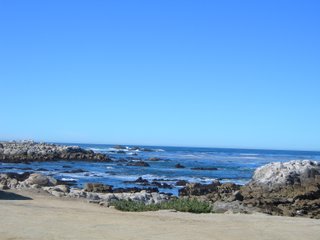
In fact, Steinbeck alluded to the changes that had already swept through this place when he visited on his “Travels with Charley” trip in 1960. By that time, Steinbeck had lived in New York for over a decade. He remarked “The place of my origin had changed, and having gone away I had not changed with it. In my memory it stood as it once did and its outward appearance confused and angered me.” He says sadly but thoughtfully “Old crimes and old triumphs were brought out and dusted. And suddenly my attention wandered, and looking at my ancient friend, I saw that his wandered also. And it was true …I was the ghost. Tom Wolfe was right. You can’t go home again because home has ceased to exist except in the mothballs of memory.” He knew that he must accept this altered version of the town and valley so dear, and yet now so different. This experience was profoundly bittersweet, filled with the sadness embedded in the knowledge that these spots so central to his own personal history no longer existed or were so altered as to be unrecognizable. These places and most of the people who had made them dance with life no longer existed. In Travels with Charley, Steinbeck sits atop Mt. Toro surveying the whole Monterey Peninsula, a place that he had visited often in his early years, and he sees not just the place but the lost scenes of his own life spread out like a panoramic dream in front of him. He observes (to Charley, his beloved poodle) "I printed it (this scene) once more on my eyes, south, west, and north, and then we hurried away from the permanent and changeless past where my mother is always shooting a wildcat and my father is always burning his name with his love." Thus, he was ready to move on to what had truth and purpose for the life he must continue to live with engagement and wonder. For his body of work, Steinbeck was awarded the Nobel Prize for Literature in 1962. His knowledge of the human animal and his celebration of the human spirit permeate the characters and quandaries of his fiction. Steinbeck was a regular guy who shunned the spotlight as he embraced the pen and its possibilities. I think of him as a man who used words to
 enlighten, himself and others. Thus, its fitting to end with a favorite JS quip: "No one wants advice, only corroboration." - a wise man indeed.
enlighten, himself and others. Thus, its fitting to end with a favorite JS quip: "No one wants advice, only corroboration." - a wise man indeed.

